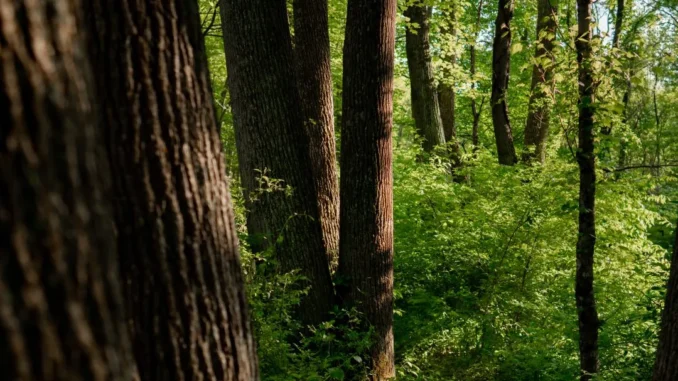
Wood has played a fundamental role in human history, serving as one of the earliest building materials for civilizations around the world. From constructing homes and furniture to providing fuel and raw materials for countless industries, wood has been an invaluable resource. However, with growing environmental concerns, there’s a critical question that arises: Is wood renewable? This question is essential, not only for assessing wood’s long-term sustainability but also for evaluating its place in modern industry and construction practices.
To answer whether wood can truly be considered a renewable resource, we must examine a variety of factors: forest management practices, the ability of trees to regenerate, the ecological impact of harvesting, and how we utilize technology to ensure sustainability. Throughout this article, we will explore the dynamics of wood’s renewability and why it is an important resource in our pursuit of environmental balance.
What Makes a Resource Renewable? Defining Sustainability in Context
Before diving into whether wood is a renewable resource, it’s essential to first grasp what makes a resource renewable in the context of environmental science. A resource is considered renewable when it can naturally replenish itself through ecological processes over time, often without the risk of depletion or irreversible damage. Renewable resources can regenerate at a rate that meets or exceeds the rate at which they are consumed.
The question, then, is can wood be replenished quickly enough to keep up with its demand? And if so, under what conditions? Wood falls under the category of renewable resources if its regeneration cycle is actively managed, allowing forests to regrow at a rate that balances timber extraction and environmental preservation. For this to happen, several factors must align: the growth rate of trees, the careful management of forests, and the methods of logging used. This balance determines whether wood is sustainable.
In terms of forestry, sustainable management includes ensuring that timber is harvested in such a way that the forest can continue to thrive, regenerate, and meet the needs of future generations. It’s not just about the trees being cut down — it’s about maintaining the integrity of entire ecosystems. Without sustainable forestry practices, the very foundation of wood’s renewability becomes compromised.
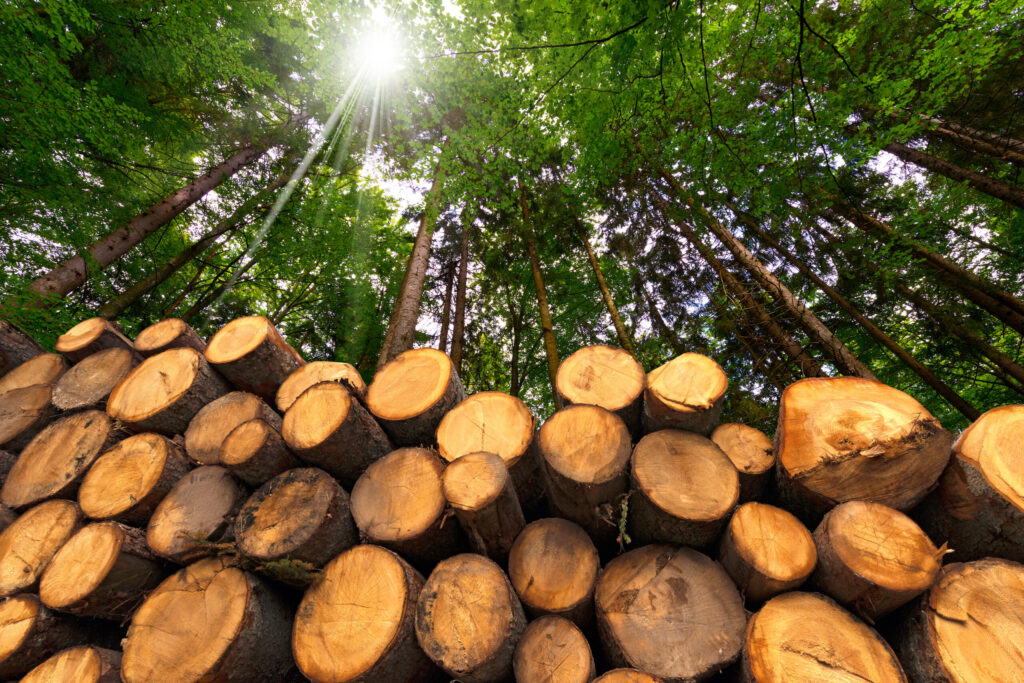
Is Wood Renewable? The Basics of Forest Regrowth
When answering the question, is wood renewable?, it’s essential to look at the process of forest regrowth. Trees are a fundamental part of an ecosystem, playing a key role in the carbon cycle, soil formation, and the health of biodiversity. The regeneration of a forest is an intricate process where the seeds or young saplings grow into mature trees, eventually reaching harvestable size.
However, for wood to be renewable, the harvesting process must align with the regeneration cycle of the forest. This requires an understanding of the dynamics of tree growth, species diversity, and climate conditions. In essence, wood is renewable when trees are harvested and replanted at a rate that ensures the forest can regenerate itself. This is why forest management plays such a significant role — without proper management, the natural replenishment of wood cannot occur.
Some tree species grow rapidly and can be harvested within a relatively short time span. For example, fast-growing species like poplars and willows may take 10-20 years to reach maturity, whereas slow-growing species like oak, pine, or mahogany can take several decades to centuries to become mature enough for timber production. These variations in growth rates significantly impact the sustainability of wood, as forests with slow-growing trees require longer regeneration periods. Without responsible management, even forests that naturally regenerate could be depleted faster than they can grow back.
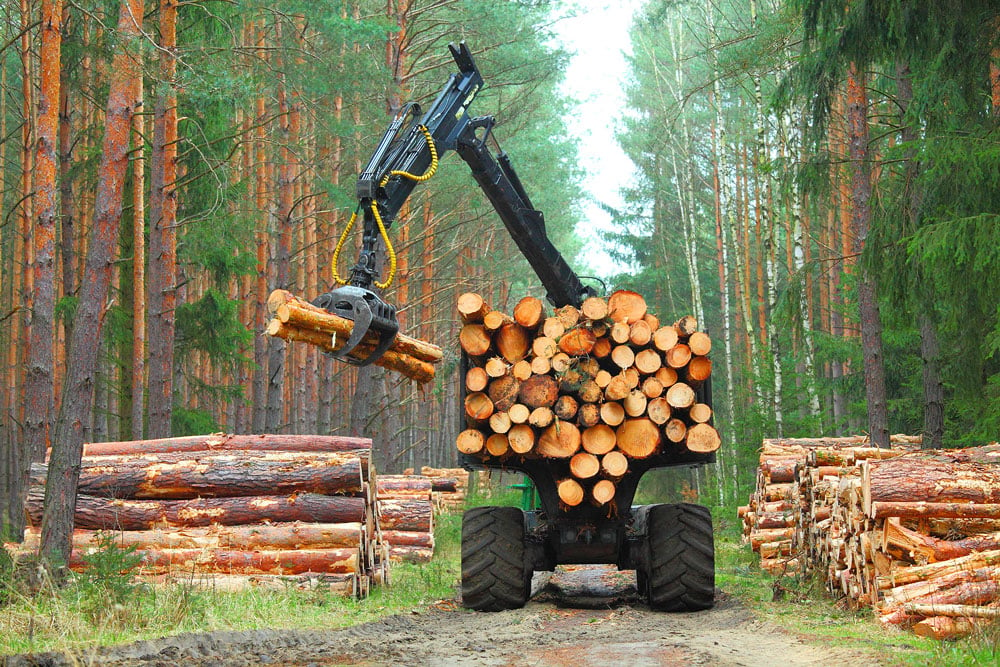
Forest Management: The Key to Ensuring Wood Remains Renewable
The question of is wood renewable depends heavily on forest management practices. In a managed forest, careful attention is paid to how trees are harvested, when they are harvested, and how the soil and other environmental factors are maintained. For wood to remain a renewable resource, forests must be carefully monitored, with a focus on preserving the biodiversity of the area, maintaining soil health, and ensuring that new trees are planted as older ones are cut down.
One of the most effective forest management strategies is selective logging. This involves removing only mature or unhealthy trees, allowing younger, healthier trees to continue growing and contribute to the ecosystem. Selective logging helps avoid deforestation and allows the forest to regenerate naturally over time. In addition, forest managers often use techniques like thinning, which involves removing some trees to allow the remaining ones to grow better and stronger.
But effective forest management is not only about cutting down trees. It’s also about planting new trees and maintaining the overall health of the ecosystem. Without proper replanting efforts, forests would eventually become incapable of replenishing themselves. In this regard, wood is renewable only if it is harvested in such a way that ensures the long-term survival of the forest. This requires investment in forest regeneration programs and ongoing monitoring to track forest health.
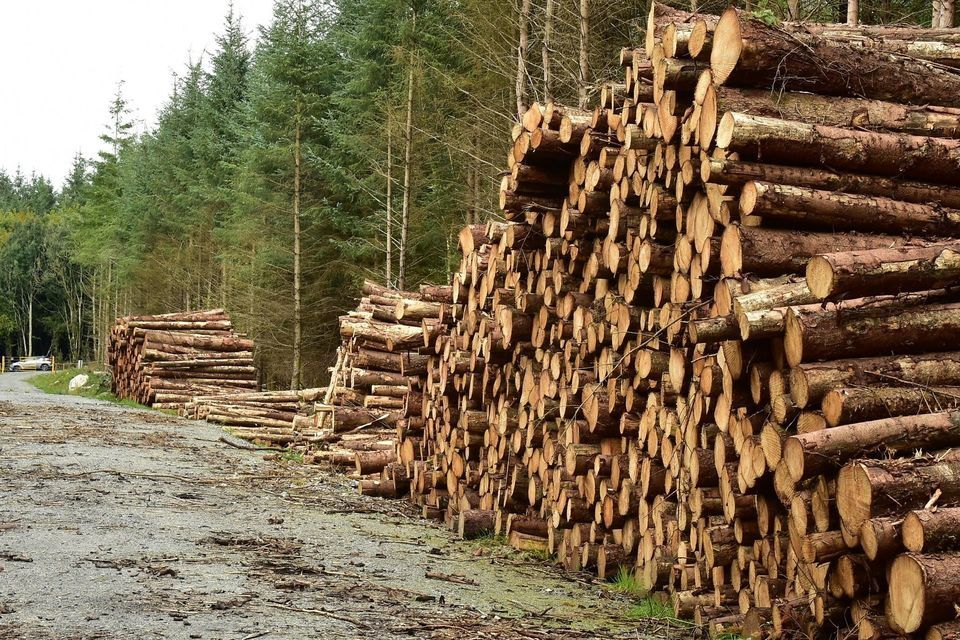
Deforestation vs. Sustainable Harvesting: What’s the Difference?
To truly evaluate whether wood is renewable, it’s important to distinguish between deforestation and sustainable harvesting. Deforestation refers to the permanent destruction of forests, typically for agriculture, urbanization, or industrial purposes. Unlike sustainable forestry, deforestation eliminates entire ecosystems and disrupts the natural regeneration cycle. When forests are cleared without replanting or consideration for future growth, wood is no longer renewable, and the long-term ecological damage caused by deforestation is irreversible.
On the other hand, sustainable harvesting involves extracting timber in a way that minimizes environmental impact and allows the forest to regenerate naturally. By implementing practices such as selective logging and ensuring the forest’s biodiversity is maintained, sustainable harvesting enables wood to remain renewable. The goal is to keep the forest ecosystem intact while still providing valuable resources for human use. When practiced correctly, sustainable harvesting ensures that wood can be replenished and used for generations without depleting the forest.
By adopting sustainable practices and combating deforestation, we can ensure that wood remains a renewable resource, supporting both human needs and the health of the environment.
How Fast Do Trees Grow? Understanding the Renewal Rate of Wood
The speed at which trees grow plays a significant role in determining whether wood can be considered a renewable resource. Tree growth rates vary widely depending on the species, climate conditions, and environmental factors. Fast-growing species, such as certain pines or willows, can be harvested within a few decades, while slower-growing hardwoods like oaks, mahogany, or teak require a much longer time frame to reach maturity.
Understanding how quickly trees can grow is crucial for ensuring that wood can be renewed at a rate that meets human demand. If trees are harvested faster than they can regenerate, the forests may become unable to replenish themselves, making wood a non-renewable resource. In regions with favorable conditions, such as mild climates and fertile soil, tree growth can be accelerated, allowing for quicker regeneration.
However, if the harvesting rate is too high, even fast-growing species may not have time to regenerate properly. This is why forest management is so important — it ensures that timber is harvested at a rate that allows the forest to regenerate and thrive. Without responsible management practices, wood can become non-renewable if the harvesting rate exceeds the forest’s ability to grow new trees.
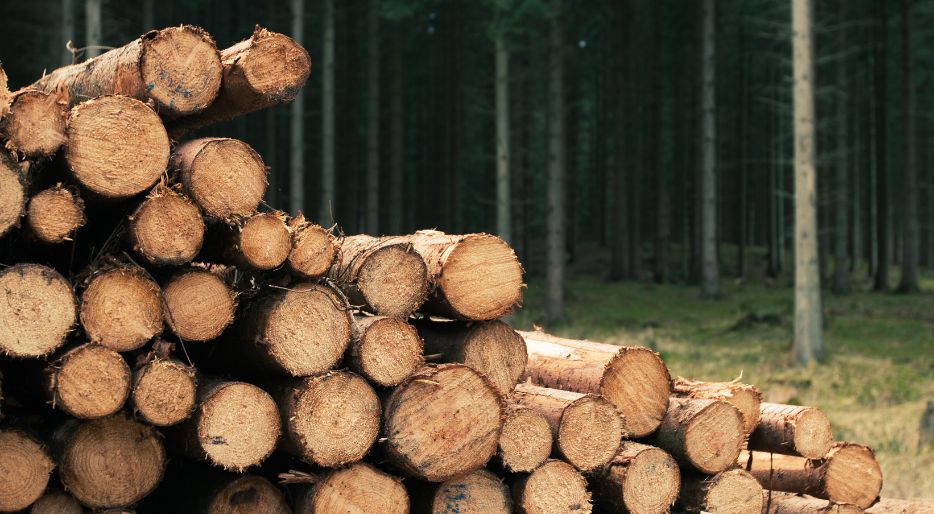
The Environmental Impact: Is Wood Truly Sustainable?
When evaluating is wood renewable, it’s also crucial to consider the environmental impact of its use. Wood, when harvested sustainably, offers several environmental benefits. For one, trees play a critical role in sequestering carbon dioxide, a major greenhouse gas contributing to climate change. By absorbing carbon during their growth, trees store carbon in their biomass, and as wood is used for products like furniture or buildings, that carbon is kept out of the atmosphere.
In addition, forests provide vital habitats for biodiversity and play a key role in regulating water cycles, preventing soil erosion, and maintaining overall ecosystem health. By maintaining healthy forests, we can continue to enjoy these ecological benefits while ensuring that wood remains renewable.
However, if forest management is neglected or if logging practices are unsustainable, there can be significant negative environmental consequences. Deforestation, for example, not only destroys valuable habitats but also releases vast amounts of carbon into the atmosphere, contributing to global warming. To ensure that wood is sustainable, we must prioritize sustainable harvesting and consider the full lifecycle of wood products — from harvesting to disposal or recycling.
The Role of Technology and Innovation in Sustainable Wood Use
Technology plays a crucial role in improving the renewability of wood. Through innovations in forest management, we can use data and advanced techniques to ensure that trees are harvested in an environmentally responsible manner. For example, satellite imagery and drone technology allow forestry experts to monitor the health of forests in real time, identifying areas where trees are growing quickly and where additional replanting may be needed.
In addition to monitoring forests, technology is being used to improve the efficiency of timber processing. Cross-laminated timber (CLT), for example, is an engineered wood product that uses smaller, fast-growing trees to create sturdy, durable building materials. CLT offers a sustainable alternative to traditional construction materials like steel or concrete, which have higher environmental footprints. This innovation not only helps ensure that wood remains renewable, but it also supports the use of more sustainable, eco-friendly building materials in the construction industry.
By leveraging technology, we can optimize the way wood is produced, processed, and used, further ensuring that wood can be replenished without causing harm to the environment.
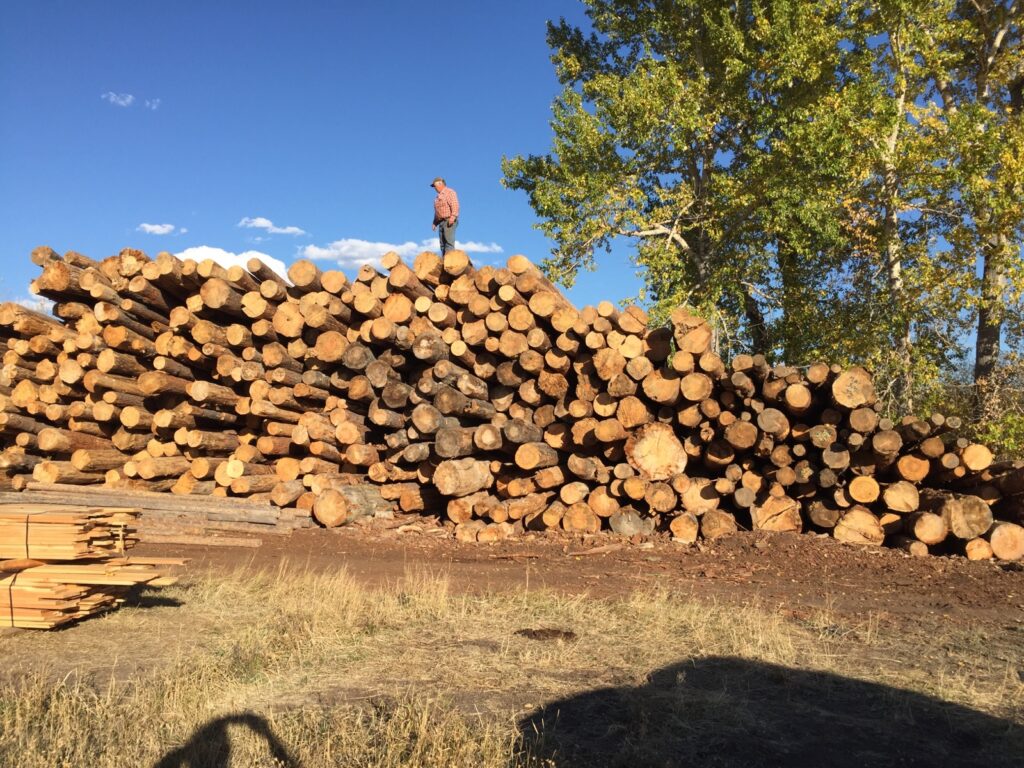
Wood vs. Other Building Materials: How Renewable Is It Really?
In comparison to other building materials, wood stands out for its renewability. Materials like concrete and steel require substantial energy inputs to produce and are typically derived from non-renewable resources. These materials also generate significant carbon emissions during production. On the other hand, wood is a renewable resource that, when harvested sustainably, has a lower environmental impact.
While other materials may have advantages in certain contexts, wood’s renewability makes it one of the most environmentally friendly options available. In addition to its renewability, wood also stores carbon, acting as a carbon sink throughout its lifespan. When we choose to use wood from sustainably managed forests, we are making a conscious decision to support an eco-friendly and renewable resource.
The Future of Wood: Can We Make It More Renewable?
The future of wood is bright, thanks to ongoing efforts to make it even more renewable. Practices such as urban forestry, where trees are planted in cities to provide wood for various uses, are gaining popularity. Similarly, agroforestry systems, where trees are integrated into agricultural landscapes, help to support both food production and timber harvesting.
The development of eco-friendly certifications, such as those provided by the Forest Stewardship Council (FSC), helps consumers identify products made from sustainably harvested wood, ensuring that wood is renewable. As demand for wood grows, these practices and certifications will continue to play a vital role in ensuring that wood remains a renewable and sustainable resource for future generations.
Is Wood Renewable? Finding a Balanced Approach
In conclusion, is wood renewable? Yes, wood is renewable, but only if it is harvested responsibly and forests are managed sustainably. Through proper forest management, technology, and innovations in wood use, we can ensure that wood remains a renewable resource. The key to achieving this lies in adopting practices that prioritize the health of forests, encourage replanting, and minimize environmental impact.
With continued efforts to balance consumption with conservation, wood can be replenished and used sustainably. It’s up to all of us — industries, governments, and consumers — to make informed choices and ensure that wood continues to be a renewable and environmentally responsible resource for generations to come.